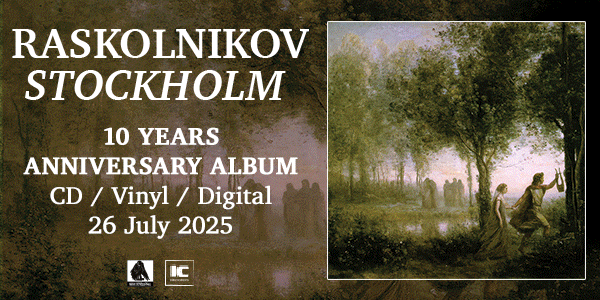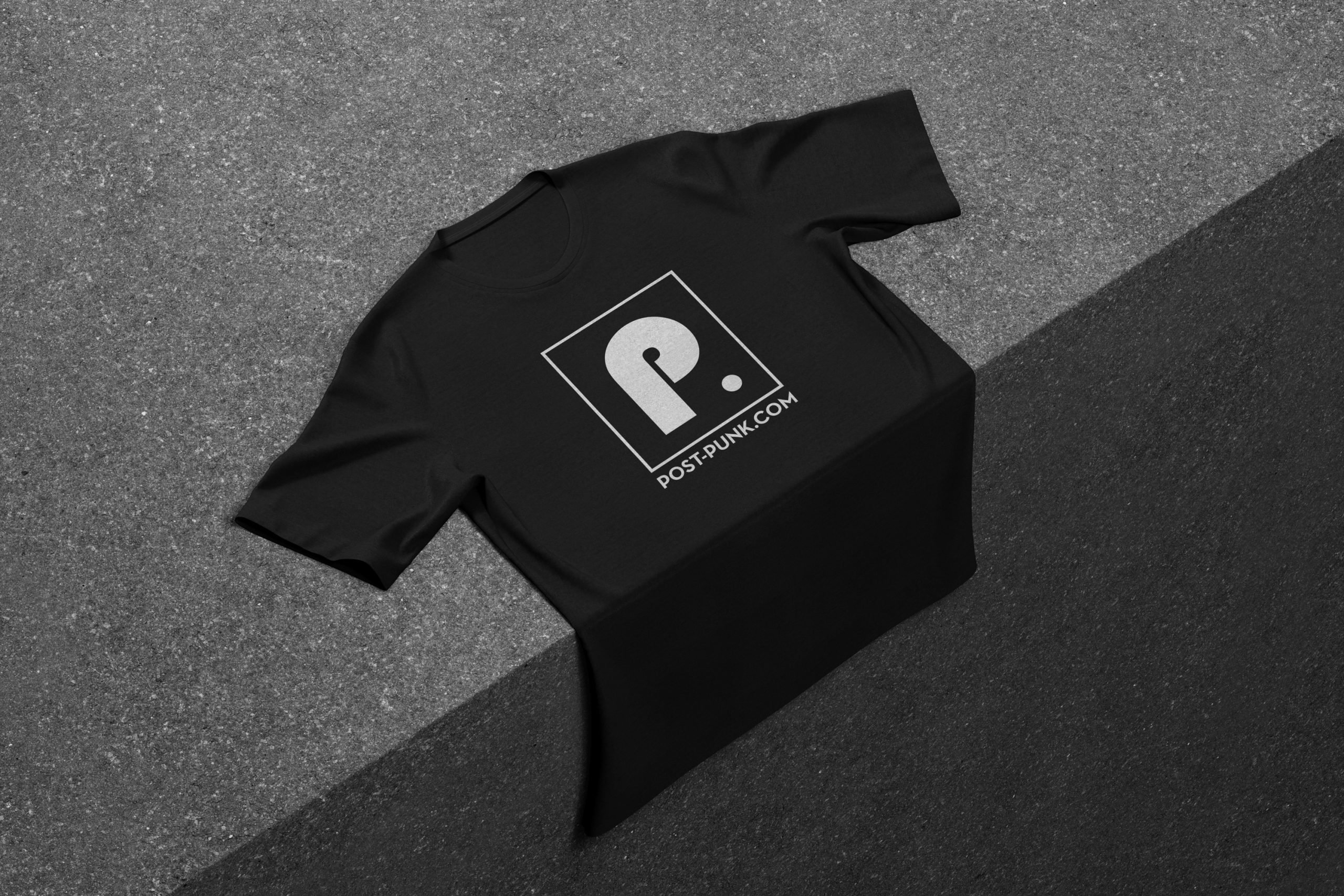On May 16th, 1980 DEVO released their third studio album Freedom of Choice, an album that saw the quirky post-punk band evolve into a more synth-pop driven outfit, while still using trace amounts of stylized guitars. The album was also the debut of the band’s trademark red energy dome helmets, as seen on the record’s sleeve.
According to Gerald Casale on the Devo website:
“It was designed according to ancient ziggurat mound proportions used in votive worship. Like the mounds it collects energy and recirculates it. In this case the Dome collects energy that escapes from the crown of the human head and pushes it back into the medulla oblongata for increased mental energy. It’s very important that you buy a cheap plastic hardhat liner, adjust it to your head size and affix it with duct tape or Super Glue to the inside of the Dome. This allows the Dome to “float” just above the cranium and thus do its job. Unfortunately, without a hard hat liner, the recirculation of energy WILL NOT occur.”
Devo claimed that their iconic energy dome design was used to recycle the wasted orgone energy that flows from a person’s head. Devo co-founder Mark Mothersbaugh has said:
“We did the red energy dome, which was useful—besides being an icon—it was a useful icon. You probably know this very well, but your orgone energy goes out the top of your head and it dissipates out the top, but if you wear an energy dome it recycles that energy. It comes back down and showers back down on you and, among other things, you remain manly, shall we say, for maybe another 150 years of your life, probably. I think that’s a safe prediction to say that energy domes—if you wore them constantly, night and day—which I don’t do, but there are people out there who do, not too many of them but there are some. We get e-mails from them, so we know they’re out there, those people will probably live about an extra 150 years because of all that orgone energy that they’re saving and not wasting away.”
The title track “Freedom of Choice” was a timely critique of the brand consumerism and false dichotomies of the emerging Reagan years in the United States, rather than making complex decisions for themselves, people limited their own choices.
“We loved that song very much when we were creating it,” said Jerry Casale in 2003.
“It was about how people were throwing away their freedom of choice into meaningless choices like between Pepsi and Coke, or pink fur shoes or blue suede shoes. Just mindless consumerism. They’d rather not be free, they’d rather be told what to do, because that’s what appeared to us was the case, especially in the Reagan years. That was a very Devo position: Freedom of choice is what you’ve got, freedom from choice is what you want.”
The track “Girl U Want”, continued the theme, toying with the advertising campaigns that depict must-have buys, or how an all-male band is shown on television that the girl’s go crazy and fawn over like The Beatles on Ed Sullivan.
And finally, the band’s most well-known song “Whip It”, which began as a tongue-in-cheek anthem for then-president Jimmy Carter. The lyrics were also inspired by Norman Vincent Peale’s 1952 book The Power of Positive Thinking.
Devo co-songwriter and bassist Gerald Casale also has said that the lyrics were written by him “as an imitation of Thomas Pynchon’s parodies in his book Gravity’s Rainbow”.
The video for Whip It” was based on a 1962 issue of “Dude” magazine that lead singer Mark Mothersbaugh had found in an antique store, with a story about a man who ran a dude ranch who would whip his wife’s clothes off.















 Or via:
Or via: